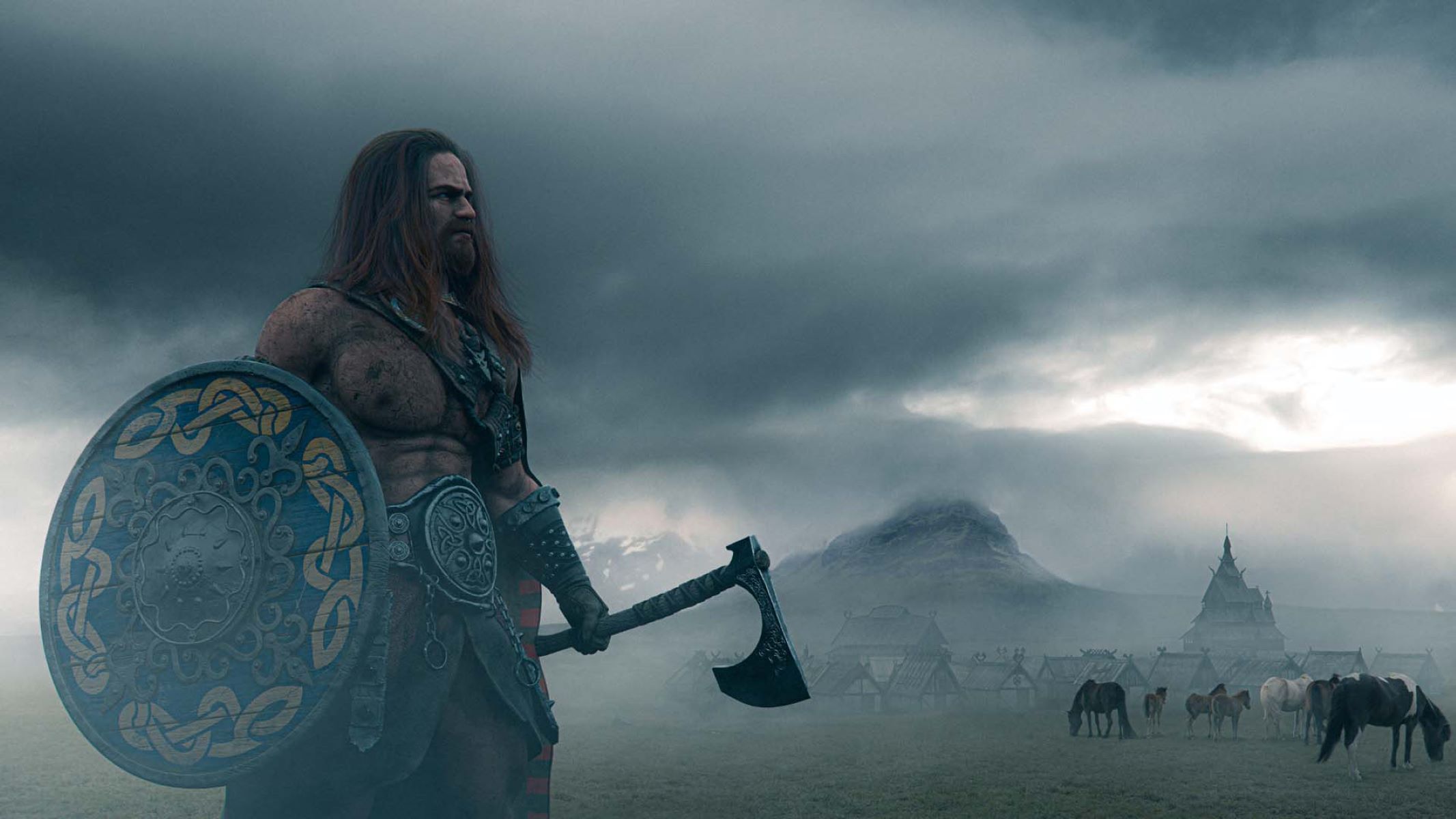
Ever wondered about the mighty Norse gods? These ancient deities from Scandinavian mythology have fascinated people for centuries. From Odin, the all-seeing father of gods, to Thor, the thunder-wielding protector, their stories are filled with adventure, wisdom, and sometimes mischief. Norse gods aren't just characters in old sagas; they represent natural forces, human emotions, and the mysteries of the universe. Their tales have influenced modern literature, movies, and even video games. Curious about their origins, powers, and epic battles? Dive into these 35 intriguing facts about the Norse gods and discover what makes them so legendary.
Key Takeaways:
- Norse mythology is filled with fascinating gods like Odin, Thor, and Freyja, each with unique powers and stories. From Odin's wisdom to Thor's thunder, these gods captivate with their strength and complexity.
- The Norse gods, such as Loki and Balder, have intricate relationships and play significant roles in the myths. Their stories of trickery, tragedy, and bravery provide a glimpse into the rich and captivating world of Norse mythology.
Norse Mythology: A World of Gods and Legends
Norse mythology is rich with tales of gods, giants, and mythical creatures. These stories have captivated people for centuries, providing a glimpse into the beliefs and culture of the ancient Norse people. Here are some fascinating facts about the Norse gods.
Odin: The Allfather
Odin, the chief of the Aesir gods, is a complex and multifaceted deity. Known for his wisdom and quest for knowledge, Odin's stories are some of the most intriguing in Norse mythology.
- Odin sacrificed one of his eyes to gain wisdom from the Well of Mimir.
- He hung himself from the World Tree, Yggdrasil, for nine days and nights to learn the secrets of the runes.
- Odin is often depicted with his two ravens, Huginn and Muninn, who fly around the world and bring him information.
- He has a magical spear named Gungnir, which never misses its target.
- Odin resides in Valhalla, where he welcomes fallen warriors to prepare for Ragnarok.
Thor: The Thunder God
Thor, the god of thunder, is one of the most well-known Norse gods. His strength and bravery make him a favorite among the gods and humans alike.
- Thor wields the powerful hammer Mjolnir, which can summon lightning and thunder.
- He rides a chariot pulled by two goats, Tanngrisnir and Tanngnjóstr.
- Thor is married to Sif, a goddess known for her golden hair.
- He is the protector of Midgard (Earth) and often battles giants to keep humanity safe.
- Thor's hammer, Mjolnir, is also a symbol of protection and is used in various rituals and ceremonies.
Loki: The Trickster
Loki, the trickster god, is known for his cunning and mischievous nature. His actions often lead to trouble for the gods, but he is also a key figure in many Norse myths.
- Loki is a shape-shifter and can transform into various animals and even other people.
- He is the father of several monstrous beings, including the wolf Fenrir and the serpent Jormungandr.
- Loki's relationship with the gods is complicated; he is both a friend and a foe.
- He is responsible for the death of Balder, one of the most beloved gods.
- Loki will play a significant role in Ragnarok, the end of the world in Norse mythology.
Freyja: The Goddess of Love and War
Freyja is a powerful and complex goddess associated with love, beauty, fertility, and war. Her stories highlight her strength and independence.
- Freyja rides a chariot pulled by two cats.
- She possesses a magical necklace called Brisingamen, which enhances her beauty.
- Freyja has a cloak of falcon feathers that allows her to fly.
- She is associated with the afterlife and receives half of the warriors who die in battle, taking them to her hall, Sessrumnir.
- Freyja is also skilled in seidr, a form of Norse magic and divination.
Balder: The Shining God
Balder, known for his beauty and kindness, is one of the most beloved gods in Norse mythology. His tragic death is a pivotal event in the myths.
- Balder is the son of Odin and Frigg.
- He is invulnerable to almost everything due to a spell cast by his mother, except for mistletoe.
- Loki tricks Balder's blind brother, Hodr, into killing him with a mistletoe arrow.
- Balder's death is seen as a precursor to Ragnarok.
- After Ragnarok, Balder is prophesied to return and rule the new world.
Heimdall: The Watchman of the Gods
Heimdall is the vigilant guardian of the Bifrost, the rainbow bridge that connects Asgard to Midgard. His keen senses make him the perfect watchman.
- Heimdall can hear grass growing and see for hundreds of miles, even in the dark.
- He possesses a horn called Gjallarhorn, which he will blow to signal the beginning of Ragnarok.
- Heimdall is said to have nine mothers, who are all sisters.
- He is often depicted with golden teeth.
- Heimdall and Loki are destined to kill each other during Ragnarok.
Tyr: The God of War
Tyr is a god associated with war and justice. Known for his bravery, he plays a crucial role in maintaining order among the gods.
- Tyr sacrificed his hand to bind the wolf Fenrir.
- He is often depicted with only one hand due to this sacrifice.
- Tyr is considered a symbol of law and order.
- He is one of the oldest gods in Norse mythology.
- Tyr's name is the basis for the English word "Tuesday," which means "Tyr's day."
Norse Gods: A Fascinating Legacy
Norse mythology offers a treasure trove of stories, characters, and lessons. From Odin's wisdom to Thor's strength, these gods have left a lasting impact on literature, art, and popular culture. Their tales of heroism, trickery, and adventure continue to captivate audiences worldwide.
Understanding these myths gives us a glimpse into the beliefs and values of the ancient Norse people. It also helps us see how these stories have shaped modern narratives. Whether you're a history buff or just love a good story, Norse mythology has something for everyone.
So next time you watch a movie or read a book featuring these legendary figures, you'll have a deeper appreciation for their origins and significance. Dive into the world of Norse gods and let their epic tales inspire you.
Frequently Asked Questions
Was this page helpful?
Our commitment to delivering trustworthy and engaging content is at the heart of what we do. Each fact on our site is contributed by real users like you, bringing a wealth of diverse insights and information. To ensure the highest standards of accuracy and reliability, our dedicated editors meticulously review each submission. This process guarantees that the facts we share are not only fascinating but also credible. Trust in our commitment to quality and authenticity as you explore and learn with us.


